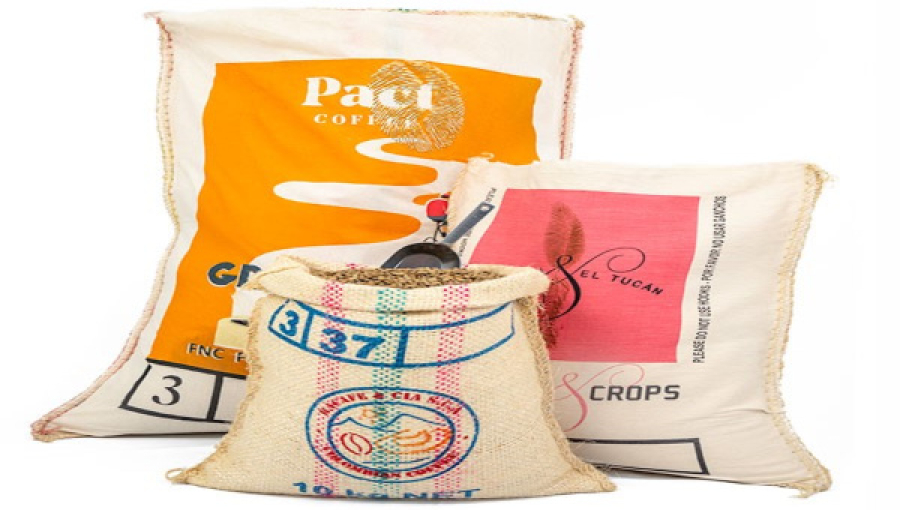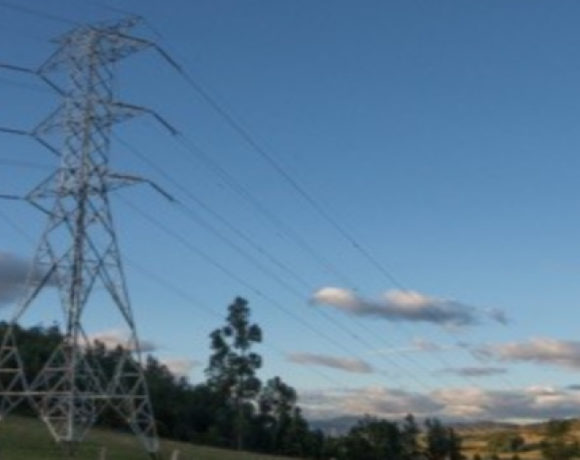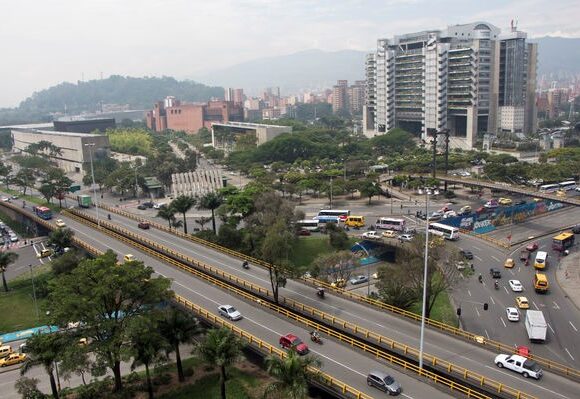Grupo Excala Full-Year 2022 Net Income Dips Year-on-Year

Medellin-based multinational agricultural packaging, construction, crop-protection and natural fique-fiber producer Grupo Excala announced this month that its full-year 2022 net income dipped 30% year-on-year, to COP$22.3 billion (US$4.8 million), from COP$31.8 billion (US$6.8 million) in 2021.
Sales nevertheless rose 6% year-on-year, to COP$649 billion (US$139 million), from COP$613 million (US$131.7 million) in 2021, while earnings before interest, taxes, depreciation and amortization (EBITDA) dipped 11% year-on-year, to COP$61.4 billion (US$13 million), from COP$68.4 billion (US$14.7 million) in 2021.
Grupo Excala — which includes its foundational “Compaָñia de Empaques” fiber-bag products — produces agricultural packaging and agricultural-aid inputs in Colombia, Ecuador and Mexico, besides exporting its products to 20 countries.
“In 2022 we continued with the consolidation of our operations at Mexico Excala Packaging,” the company noted in its year-end 2022 management report.
“In the first 12 months of that operation, we expanded installed capacity to 2 million bags per month, which led us to start expansion phase number two.
“In the export businesses, we consolidated Mexico and the USA as our main export destinations. We doubled sales in the Venezuelan market compared to 2021 and we supported the start of the agricultural productivity business unit in Ecuador through Texco.
“We also strengthened our presence in Central America and we continue advancing in the penetration of the retail market in the United States,” according to Excala.
“In construction and infrastructure divisions, we improved our service indicators, expanded our customer base, built new alliances with key players in the market, and strengthened our product portfolio in the soil-stabilization segment, which grew 49% compared to the previous year.
“In the packaging business, we had a growth of 11% versus 2021. We incorporated new products into our portfolio, which allowed us to achieve 6% of our total income from new products.
“All these strategies allowed us to obtain positive results — despite the difficulties that arose from low demand for crop [inputs] due to the winter weather and, in the fertilizer sector, due to high costs as a result of the war between Russia and Ukraine.
“In our bio-solutions segment, we focused on three main work fronts: the use of residual biomass from processing fique, the conventional use of fique fiber, and the use of fique fiber where it is used as a source of cellulose.
“We have made progress with fique byproducts as raw material for the production of animal feed, for combustion briquettes, for fertilizer production, for biogas, among others. Likewise, we continue to expand the search for new uses of fique in international markets that replace other fibers of natural origin that are currently market leaders,” the company added.
















